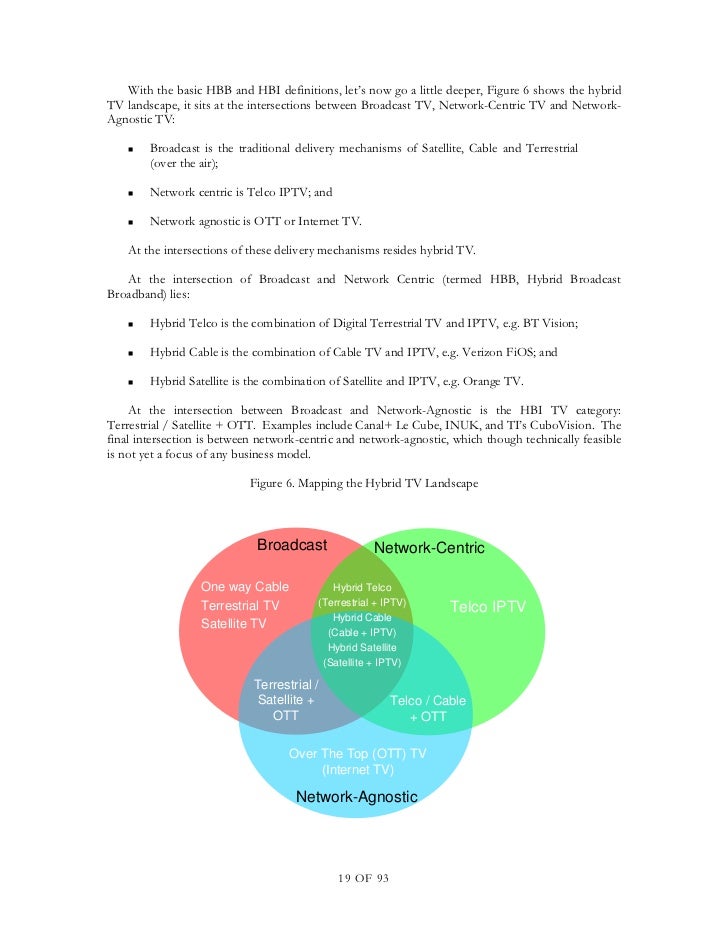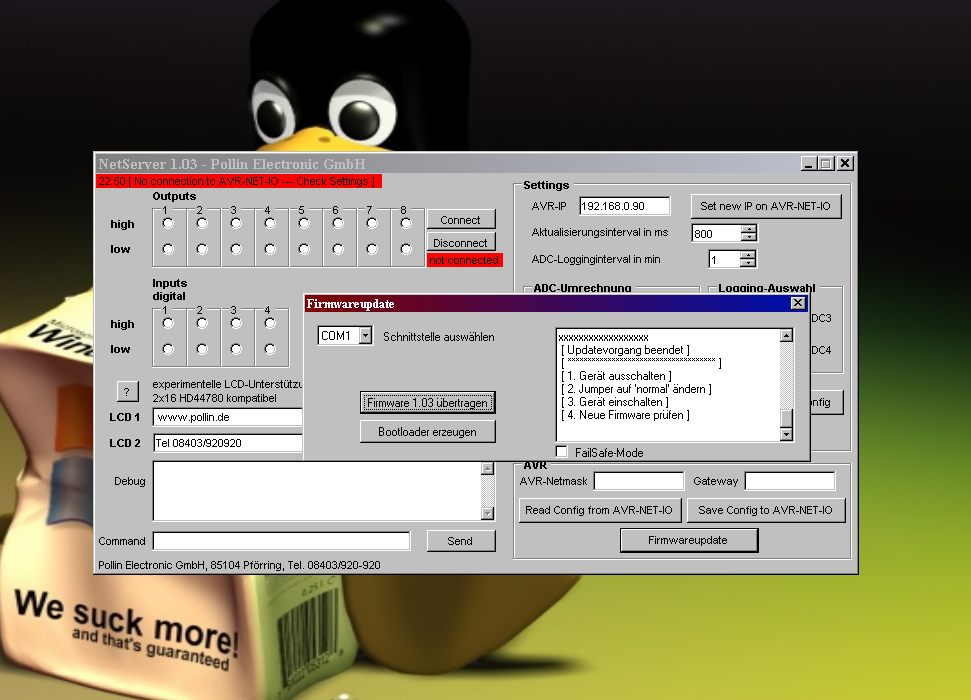- The information came from Netgem, I have been beta testing the firmware which has just been released. Rob100 Well-known Member. May 24, 2003 #7.
- Re: Installing Netgem Firmware on 8160 Reply #1 - Sep 11 th, 2012 at 2:10am Before the fetchtv.co.uk website went AWOL, and the fetchtv support FAQs, we had the upgrade info for the Smartbox 7000 and 7080 versions as well as the 8000 and 8160 version and the HD8320 version.
With 25 years of successful innovation in Home technology and TV Streaming services, we are a Service Provider of connectivity and TV Content services for the 21st century Ultrafast Broadband homes. We focus our energy on always providing the best experience to consumers, offering via our Operators partners the most simple personalised.
You'll find the all-important firmware download page here, which also includes instructions on how to do the upgrade via a USB stick. You can, of course, set your 8320HD box on the network and then wait for it to detect and download a firmware update for you, but what if you're not on the network or just plain impatient?So here's the latest stable firmware release details:
Stable version number: 4.8.05-02
Stable release date: Monday 25th July 2011

 Stable release notes: Fetch TV support home page
Stable release notes: Fetch TV support home pageStable direct download link: upgrade8320HD-4.8.05-02.zip
Stable firmware files to put on USB stick: autorun.html (13,901 bytes) and upgrade.bin (22,165,534 bytes)
Interesting strings in stable upgrade.bin file: 'NetgemUK', ' info@netgem.com', '*.netgemplatform.co.uk' (yes, the 8320HD firmware is developed by Netgem)
Time between stable releases: 4 days (!) after previous 4.8.04-11 release
It is important that you format your USB stick in FAT32 format before putting the firmware files at the top level (not in a folder and don't forget to unzip the .zip file too!). Remember that this will destroy all files on the stick and you don't have to do it if you've already formatted it in FAT32 format of course.
Windows:
Insert the USB key, go to Computer (or My Computer), right click on the USB drive icon and select 'Format...'. Pick FAT32 and leave Quick Format ticked on.
Mac OS X:
Insert the USB key (which should appear as a drive icon), but then go to Applications/Utilities and run the 'Disk Utility'. I'm a bit vague on this until I check it up, but I believe Disk Utility lets you select FAT32 and format the USB key.
Linux (recent Gnome):
Insert the USB key (which should appear as a USB drive icon), right click on the drive icon and select 'Format...'. Choose 'Compatible with all systems (FAT)' and click on the Format button.
On all platforms, unpack the zip file and copy the two files inside - autorun.html and upgrade.bin - to the top level (not in a folder) of the FAT32-formatted USB stick. Now unmount the drive on your OS so that its icon disappears, remove the stick from your machine and insert it into the (front or back) USB port on the 8320HD. It should recognise it and start the upgrade process. In rare circumstances, the new firmware files may not be recognised automatically. If that happens, go to Menu -> Media Centre -> USB Device and select the autorun.html file. This should start the upgrade procedure.
If you wish to downgrade back to a previous firmware release, put that older release on a USB stick (as detailed in the previous paragraphs), insert it and when the 8320HD tells you it's already up to date, press and hold the Info button on the remote to force a firmware downgrade. Now there is a downgrade path, here's a list of firmware releases that I know about to date:
Jul 2011: 4.8.05-03 - beta (latest - very buggy - same issues as 4.8.04-11)
Jul 2011: 4.8.05-02 - stable (latest - seems to have fixed simultaneous recording bug)
Jul 2011: 4.8.04-11 - stable (withdrawn due to playback resumption and simultaneous recording bugs)
Jul 2011: 4.8.04-10 - beta
Jul 2011: 4.8.04-08 - beta
Jun 2011: 4.8.04-05 - beta
May 2011: 4.8.04-03 - beta
Mar 2011: 4.8.03-06 - beta
Feb 2011: 4.8.03-01 - stable
Netgem N8000 Firmware Updates
Jan 2011: 4.8.01-20 - beta

Dec 2010: 4.8.02-02 - beta (yes, date is out of sequence)
Dec 2010: 4.8.01-11 - stable
Dec 2010: 4.8.01-09 - beta
Nov 2010: 4.8.01-06 - beta
Oct 2010: 4.8.00-02 - stable
Oct 2010: 4.8.00-01 - stable
Sep 2010: 4.7.52-09 - beta
Aug 2010: 4.7.50-01 - stable
Jul 2010: 4.7.49-03 - stable
Netgem N8000 Firmware Download
Jul 2010: 4.7.49-01 - stableJul 2010: 4.7.48-20 - stable
Jul 2010: 4.7.48-19 - stable
Jul 2010: 4.7.48-18 - stable
Jul 2010: 4.7.48-17 - stable
Jun 2010: 4.7.48-16 - stable
Jun 2010: 4.7.48-15 - stable
Netgem N8000 Firmware Update
Jun 2010: 4.7.48-14 - stable
Netgem N8000 Firmware Downloads
 Jun 2010: 4.7.48-11 - stable
Jun 2010: 4.7.48-11 - stableJun 2010: 4.7.48-10 - stable
Jun 2010: 4.7.48-09 - stable
Jun 2010: 4.7.48-08 - stable
If anyone knows of any beta or stable releases not mentioned above, please e-mail rklloyd@gmail.com and include a link to the appropriate missing release as well as stating if it was a beta or stable release. All submissions will remain anonymous (in case beta testers are involved).
I record movies on TV, demux them (and cut out the commercials) through ProjectX - retaining the subtitles (utf-8), and then create mkv files through mkvmerge gui (most of the time). The problem comes when the audio is a 192 kbps file - the playback device I use makes the audio unpleasant - the sound kind of pulses instead of playing smoothly. I always select no compression on each track, but the end file always comes out smaller than the sum on the sizes of the original combined tracks. I do not know if the compression (?) is part of the problem or not, but I don't seem to be able to do anything to effect it.
It may be worth noting that if I take the exact same audio and video file and put them in a mpg (2) container, I can play it on the same playback device and everything sounds fine.
I think I would be happy to use Handbrake (if that's better). The audio seems to come out fine, however, the subtitles always come at as ASS, which my player doesn't seem to understand. I import the srt files into Handbrake, but I can't figure out a way to make them retain that format.
I'm sure there is much in this post that conveys my ignorance about video, but if anyone is willing to help, I'd greatly appreciate it.



